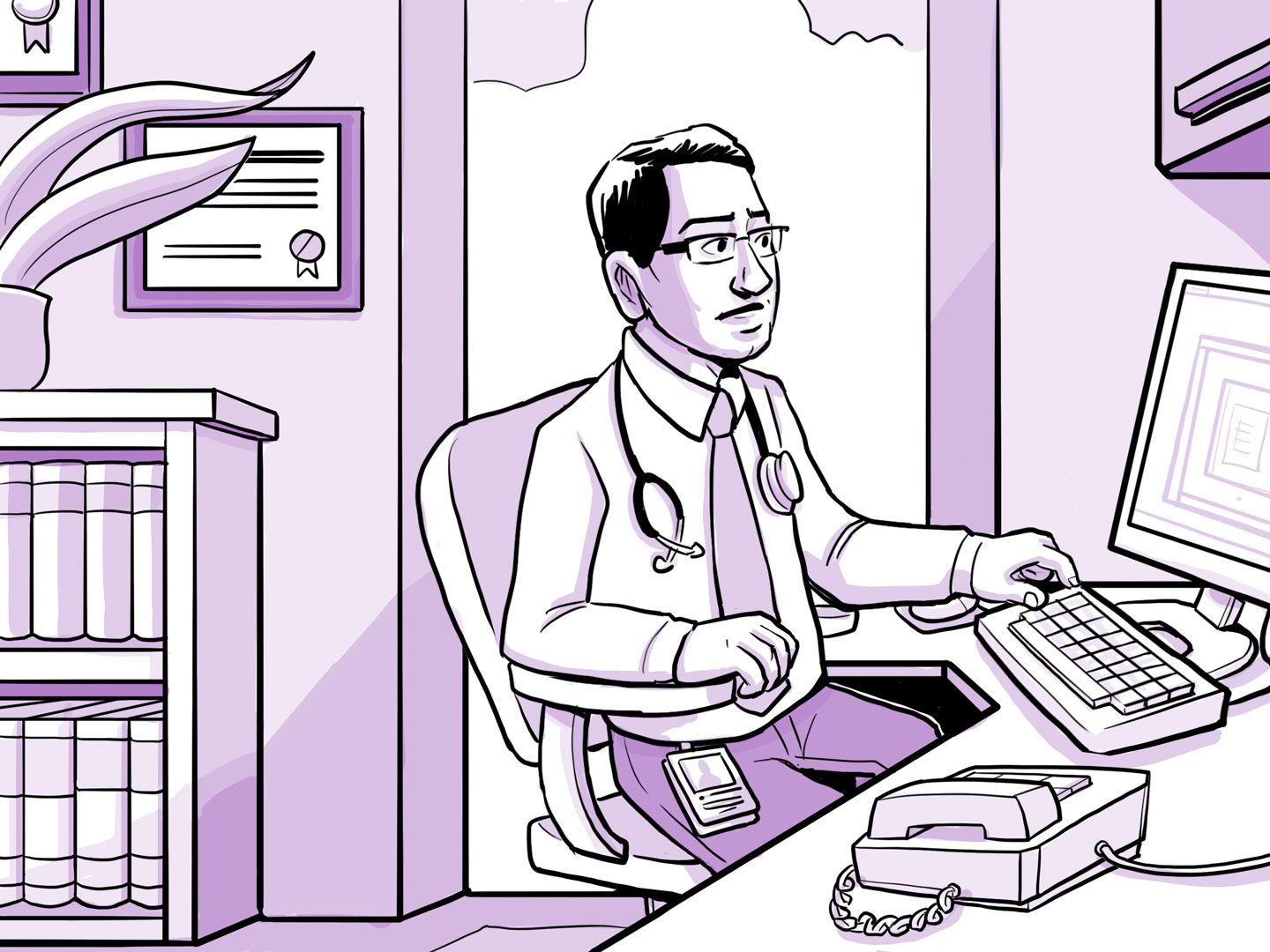Month 2
Nia is 13
Month 2
Nia is 13
Nia’s brother is not a full match. Her doctors check the bone marrow registry.
If you do not have a full match sibling donor…
Your doctors will check the bone marrow registry for any volunteer donors.
-
The bone marrow registry is a list of people who volunteer to donate their blood-making stem cells to anyone who needs them.
-
It can take a few weeks to get the test results.
-
Your chance of finding a donor from the registry depends on your ethnic and genetic background.
-
Less than 1 of every 5 people with sickle cell disease can find a donor in the registry.
If there is a match in the registry…
Your doctors reach out to that person to request them to donate blood-making stem cells for you.
- The donors can sometimes be unavailable or decline to donate.
- If they agree to donate, it can take several weeks or months to get the cells collected.
Fully matched bone marrow transplant
- This is the current standard treatment.
- It was first used to cure a girl with sickle cell disease in 1983.
- Full match means the donor’s cells have the same HLA type as your cells.
- Doctors understand it very well. They know what problems to look for and how to treat those problems.
There are different types of donors:
Full match, sibling
- Full siblings have the same biological mother and biological father.
Full match, unrelated
- Someone who volunteered in the bone marrow registry.
- People with African ancestry have about a 20% chance of finding a full match donor in the bone marrow registry. This is because fewer people with this background are in the registry and their HLA is more diverse.
Human leukocyte antigen (HLA) is on the surface of cells in your body.
- All the cells in your body have the same HLA type.
- Your HLA type is different from most other people.
- Your body will attack cells from someone with a different HLA type.
- This is why doctors are looking for someone with a matching HLA type.
